B.A.R.K. Ranger
A fun program the NPS has implemented to promote positive enforcement of pet policy
Many people consider their pets members of the family and travel with them on vacation. The National Park Service’s B.A.R.K. Ranger program is a community outreach strategy and a method for positive enforcement of pet policy in the national park units.
Usually, I’ve participated in whatever I write about. This post is an exception. I am an animal lover but have never owned a dog (all my pets have feathers). Therefore, I’m disappointed that I haven’t qualified to participate in any B.A.R.K. Ranger programs because who wouldn’t want to enjoy national parks with their fur babies. If any of you have, I would love to hear about your experience.
How the Program Began
The National Park Service (NPS) B.A.R.K. Ranger program officially launched in the summer of 2016 in Olympic National Park. Two rangers imagined the program that is now being implemented in more parks and monuments across the nation. Apparently, Montezuma Castle National Monument in Arizona was the second NPS unit to implement the program.
The great thing about the program is that it’s a positive, fun way to enforce policies and inspire visitors to be a good steward of public lands. The goal is to increase awareness of positive pet behaviors and reduce the number of non-compliant dog incidents.
B.A.R.K. Ranger
Bark Ranger programs are uniquely designed by each park for visitors and their pets to that park experience. Some parks have a walk with a ranger program. Some have a pledge you take with your pet. Others are on the honor system that you will follow simple B.A.R.K. principles when you visit.
B.A.R.K is an acronym to help visitors remember the principles so you and your pet can have a safe and fun visit any time you visit a national park.
Bag your pet’s waste. - No one wants to hike on a trail littered with dog poop. Plus, pet waste can introduce harmful bacteria into fresh water sources or pass diseases to wildlife. Use Leave No Trace principles and pick up after your pet and dispose of the waste.
Always use a leash. - Most parks require a 6-foot leash. Do your part to keep yourself, your animal, and other hikers safe.
Respect wildlife. - Keep your pets away from wildlife. They could startle or provoke animals, resulting in injury. Domestic pets also are also at risk of getting or giving diseases to wildlife.
Know where you can go. - Dogs are welcome on many trails, but always check with your park for areas that are off-limits to pets. Plan ahead and know where you can take your pet. Do not leave your pet unattended anywhere in the park or left alone in a hot vehicle if you cannot take them with you.
Definition of Service Animal
The use of fraudulent service animals is on the rise and undermines the rights of individuals with legitimate service animals and can have serious consequences.
The NPS abides by the Americans with Disabilities Act (ADA) definition of a "service animal" as a dog that has been individually trained to do work or perform tasks for the benefit of an individual with a disability, including a physical, sensory, psychiatric, intellectual, or other mental disability. Other species of animals, whether wild or domestic, trained or untrained, are not service animals for the purposes of this definition.
Emotional support, therapy, and companion animals, as well as service animals in training, are not service animals and must abide by all pet regulations listed for each particular park. Falsely portraying a pet as a service animal is considered fraud and is subject to federal prosecution.
Grand Canyon National Park, Arizona
The NPS sites states that Grand Canyon doesn’t have a B.A.R.K. Ranger program and associated swag, however, it seems very pet friendly. The General Store on the South Rim does have B.A.R.K Ranger items for sale but unfortunately not the dog tags. The following information will be helpful when visiting the South Rim with your pet:
Pets are not allowed below the Rim (but you can walk the entire 13 miles of the Rim Trail!)
Pets are not allowed in park lodging with the exception of Yavapai Lodge in a pet friendly room.
Leashed pets are allowed on trails above the Rim, Mather Campground, Desert View Campground, Trailer Village, and throughout developed areas.
You may board your dog or cat at the Grand Canyon Kennel which is located near Maswik Lodge overnight or for part of the day. There are various requirements which you can check here.
On the North Rim, leashed pets are only allowed on the bridle trail (greenway) that connects the North Kaibab Trail, and the portion of the Arizona Trail north to the park entrance station (unfortunately, neither of these trails provide view of the Canyon). There is no kennel available on the North Rim (there are kennels available in Kanab, Utah). The road to the North Rim is closed a good portion of the year. They are usually open between May 15 and October 15 (weather permitting).
Carlsbad Caverns National Park, New Mexico
Carlsbad Caverns doesn’t have a formal B.A.R.K. Ranger program. However, the park concessioner, Carlsbad Caverns Trading Company, operates a kennel service where you may leave your pet in a temperature-controlled environment while you tour the cavern for $15 per day. The kennel is for day use only—no overnight stays. Only water is provided, but you may bring in bedding for your pet's comfort.
Gila Cliff Dwellings National Monument
Dogs aren’t allowed on the trail up to the cliff dwellings, but they do have some first-come-first-served kennels next to the picnic area where you can leave your dog while you go off and explore. They have three smaller kennels and two larger ones. I’ve never been here (yes, it’s on my list) but I found a blog by Stephen and Shae Pepper who write No Home Just Roam that reports that the kennels fill fast and are located beneath a bridge which provides shade. Bowls and water are available, but owners are encouraged to provide other items for comfort such as food, toys, beds, or blankets.

Which Parks & Monuments Participate in the Program
Every unit of the NPS has pet regulations. Many units have implemented the B.A.R.K. Ranger program, and more units are being added all the time.
I compiled a list of NPS units in the Four Corner states that listed B.A.R.K Ranger on their website. I’m sure that this list will grow in the future. You can click on the link to see what they offer. Some parks offer treats, certificates and/or collar tags for sale. Your pet may even be photographed to be included in the park’s Wall of Fame.
If a park is not on the list doesn’t necessarily mean that it’s not pet friendly. Conversely, just because a park participates in the program doesn’t automatically make it a great place for pets to visit. For example, El Malpais National Monument has a list of “paw friendly” trails as volcanic flows in this monument are made of rough basalt lava that can cause significant injury to your pet's feet or paws.
You can check the NPS website for the particular park about pets. Many of them list the nearest kennels or nearby places that do allow pets such as National Forest Service lands.
Arizona
Lake Mead National Recreation Area
Montezuma Castle National Monument
Petrified Forest National Park
Colorado
Curecanti National Recreation Area
Great Sand Dunes National Park
New Mexico
Pecos National Historical Park
Utah
Things You May Not Have Considered
While researching this subject, I came across some important information that most people aren’t aware of. It’s always good to protect our pet and the public lands that we love to visit.
Please keep your pet free of seeds to prevent the spread of invasive plant species.
The territorial scents dogs leave behind disrupt the behavior of native animals that this park has been set aside to protect.
Bubonic plague and Hantavirus exist throughout the Southwestern United States and, in particular, northern New Mexico is a hot spot. Rodents are the most common carriers. Keep yourself and your pets away from their burrows and nests as a reasonable precaution.
The main thing to keep in mind when traveling with your pet is to plan ahead and do your research. It will make your trip much more enjoyable.
Next Time
I’ve been researching the ancient indigenous peoples of the American Southwest for over a year. Even though I’m no expert, I will share with you what I’ve learned.

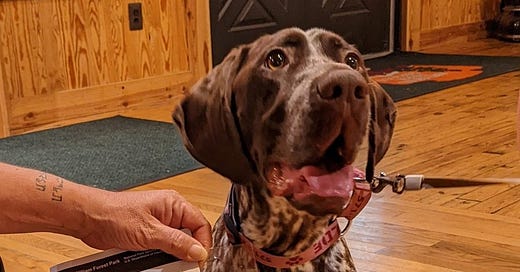





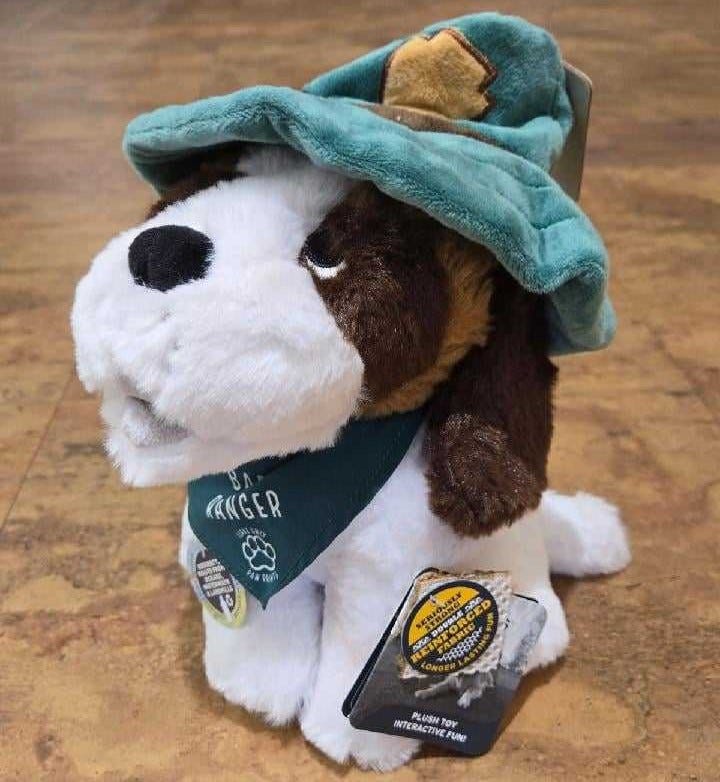
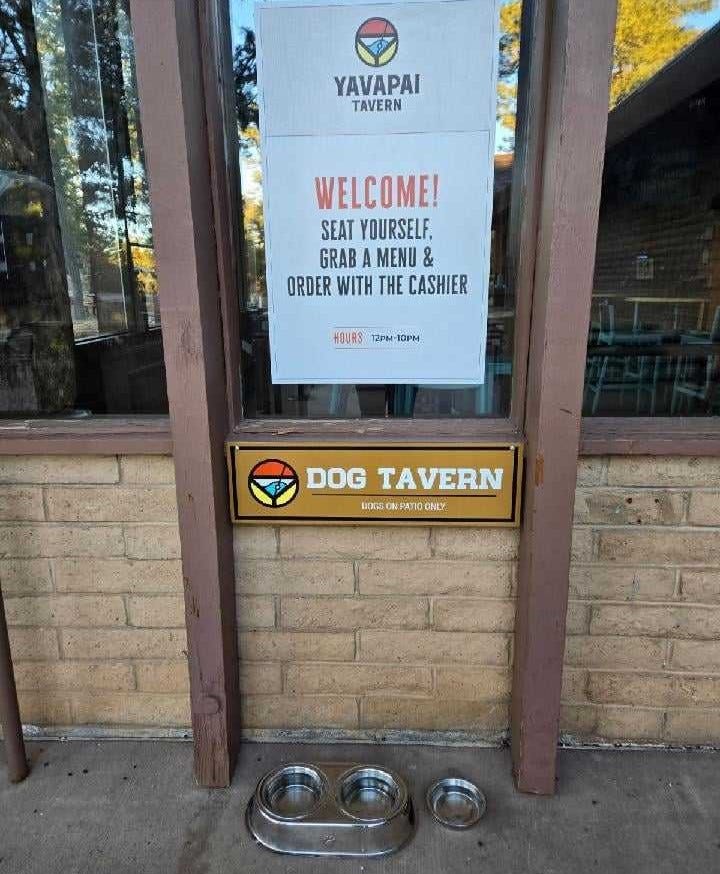
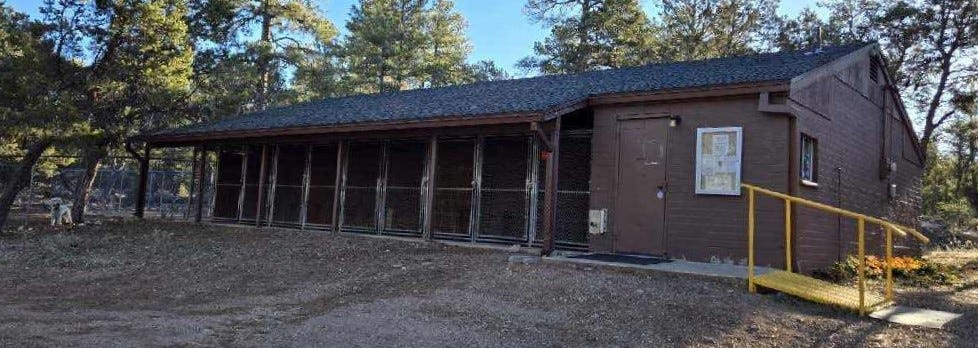
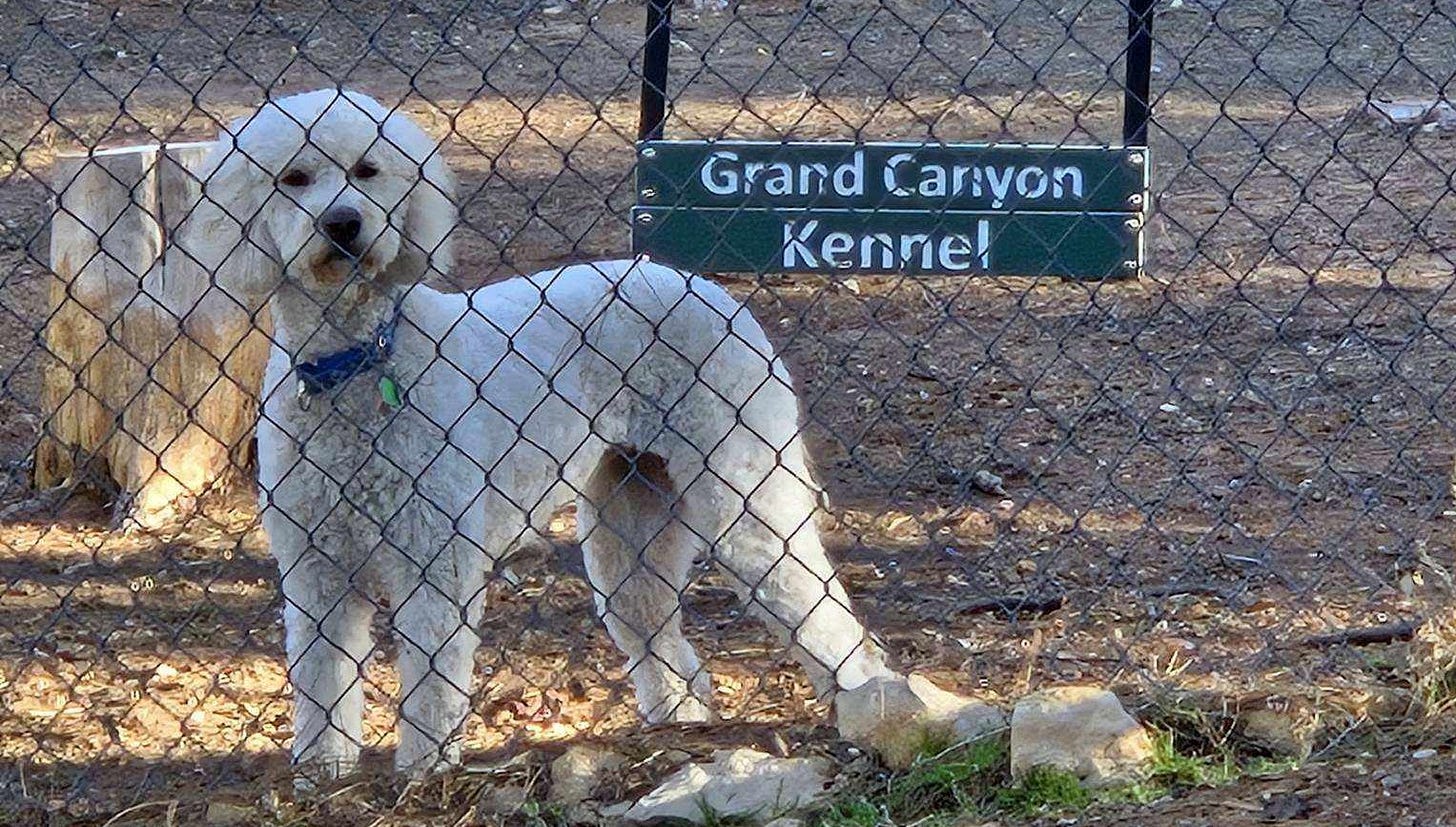


What a fantastic program! One year we took our two Samoyeds to Yellowstone. That was in the 90’s. It would have been great if there had been a kennel. We could have stayed a night time two.
Peanut can become a ranger!